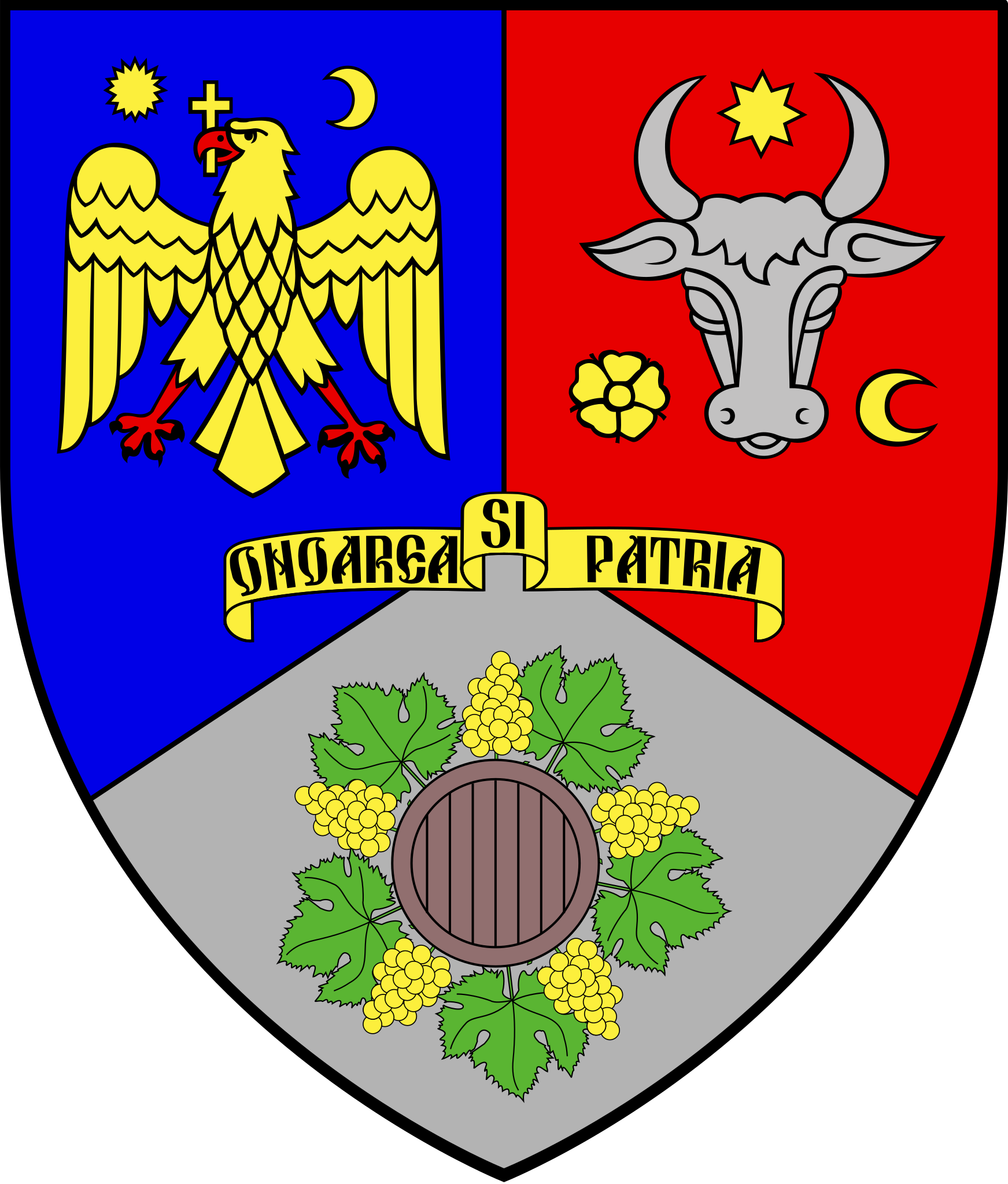
With a history spanning over 100 years dedicated to the art of singing, the National Opera Bucharest, under the authority of the Ministry of Culture, stands as Romania’s foremost lyrical stage.
On April 1, 1921, by the decision of the Minister of Arts, the poet Octavian Goga, the private society “Romanian Opera” transformed into a state institution, headquartered at the “Leon Popescu” Lyric Theater, with Scarlat Cocărăscu as its first director. The new institution, the Romanian Opera, signed its cultural birth certificate on December 8, 1921, with the opera performance of “Lohengrin” by Richard Wagner, conducted by George Enescu.
The National Opera in Bucharest is an emblematic building of the Romanian capital, enjoying the status of a historical monument. The construction took place between 1950-1952, and it was inaugurated a year later. The project was led by a multidisciplinary team under the guidance of Prof. Arch. Octav Doicescu, who is the author of functional and architectural solutions.
The Great Hall of the Opera is the only performance venue in Bucharest with such technical stage and performance capabilities, renowned for its beauty and elegance, unique within the local architectural space.
The spaces designated for the audience include: the Great Hall (with a capacity of 915 seats, hosting the main performances of the institution and being the most offering performance hall in Bucharest), the Yellow Foyer (located on the upper floor and used as a concert hall or for recitals, as well as receptions, with a capacity of approximately 130 guests), and the two foyers for welcoming the audience (located on the ground floor and upper floor, also used for hosting exhibitions).
Nearly 50 years after the establishment, by George Stephănescu, of the opera troupe that performed on the stage of the National Theater, the true cultural dream of having a Romanian Opera in the capital was finally fulfilled. In a general enthusiasm, on the evening of December 8, 1921, the curtain rose for the first performance of the Bucharest Opera – “Lohengrin” by Richard Wagner – conducted by George Enescu, a maestro who, by his presence at the conductor’s stand, wanted to underline his support and actual involvement in the realization of that historical monument in Romanian culture. The first ballet rehearsal took place on September 13, 1921, with Romanoff and Dattelmann as choreography masters.
Generation after generation, the National Opera Bucharest has revealed remarkable values, whose evolution illustrates the decades that followed. There is indeed a relay takeover ensuring the historical unity of the artists belonging to the first Romanian lyrical stage.
Over time, the stage of the National Opera Bucharest has seen the emergence of brilliant names of singers, conductors, ballet dancers, set designers, and directors. Among the Romanian opera soloists who have also made a mark on the world’s greatest stages, we mention only a few names: Ludovic Spiess, Nicolae Herlea, Elena Cernei, Magda Ianculescu, Ion Buzea, Viorica Cortez, Ileana Cotrubaș, Marina Krilovici, Victoria Bezetti, David Ohanesian, Zenaida Pally, Maria Slătinaru Nistor, Eugenia Moldoveanu, Eduard Tumagian, Vasile Martinoiu, Silvia Voinea, and others.
In the field of ballet, among the most famous names are Irinel Liciu, Gabriel Popescu, Valentina Massini, Sergiu Ștefanschi, Magdalena Popa, Ileana Iliescu, Elena Dacian, Marinel Ștefănescu, Ioan Tugearu, and others.
Currently, the repertoire of the National Opera Bucharest includes over 40 significant titles, ballet and opera works, as well as performances exclusively dedicated to children and foyer shows. The artists of the house also enjoy recognition on the world’s greatest stages, with soprano Iulia Iasev making her debut at the end of March 2019 in the role of Floria Tosca on the stage of the Metropolitan Opera.
The opera is the meeting space for artists characterized primarily by performance and virtuosity. Starting from this premise, the current managerial vision aims to imprint on the institution an exceptional artistic journey, worthy of being put on an equal footing with that of institutions abroad with a long tradition and remarkable achievements.



